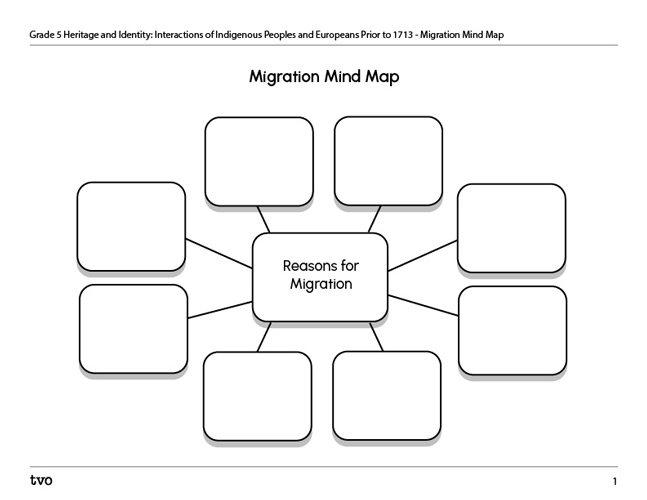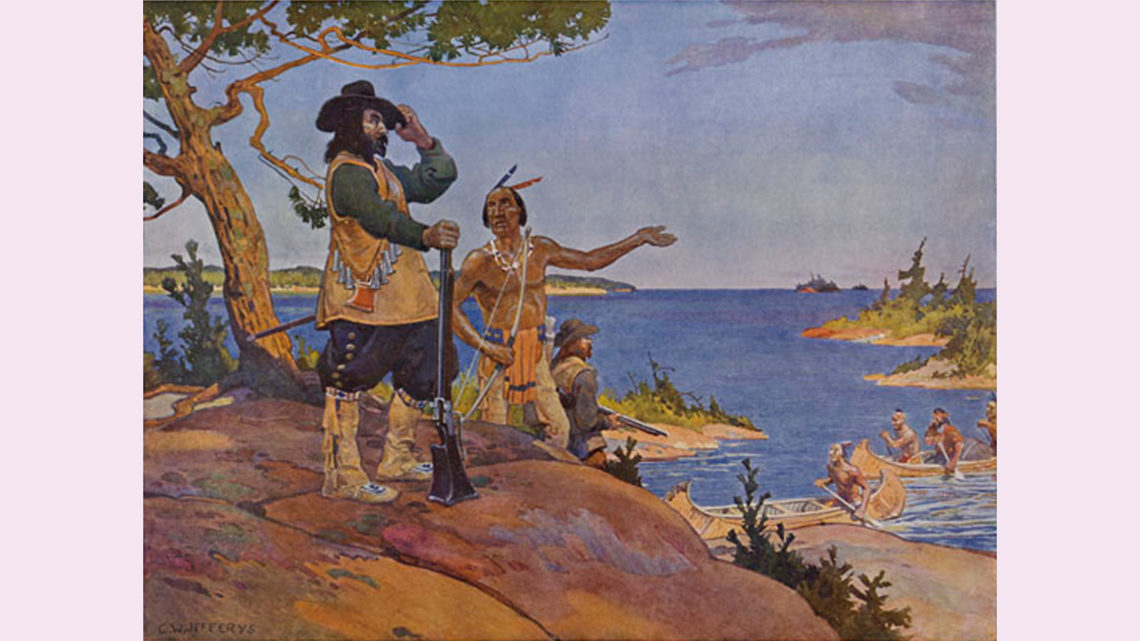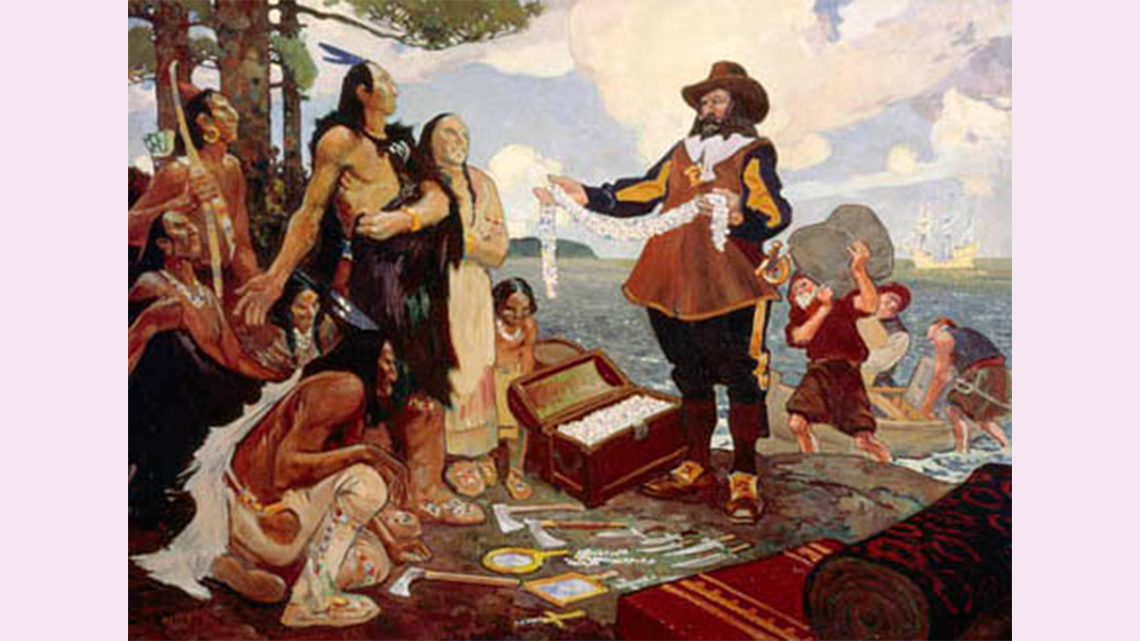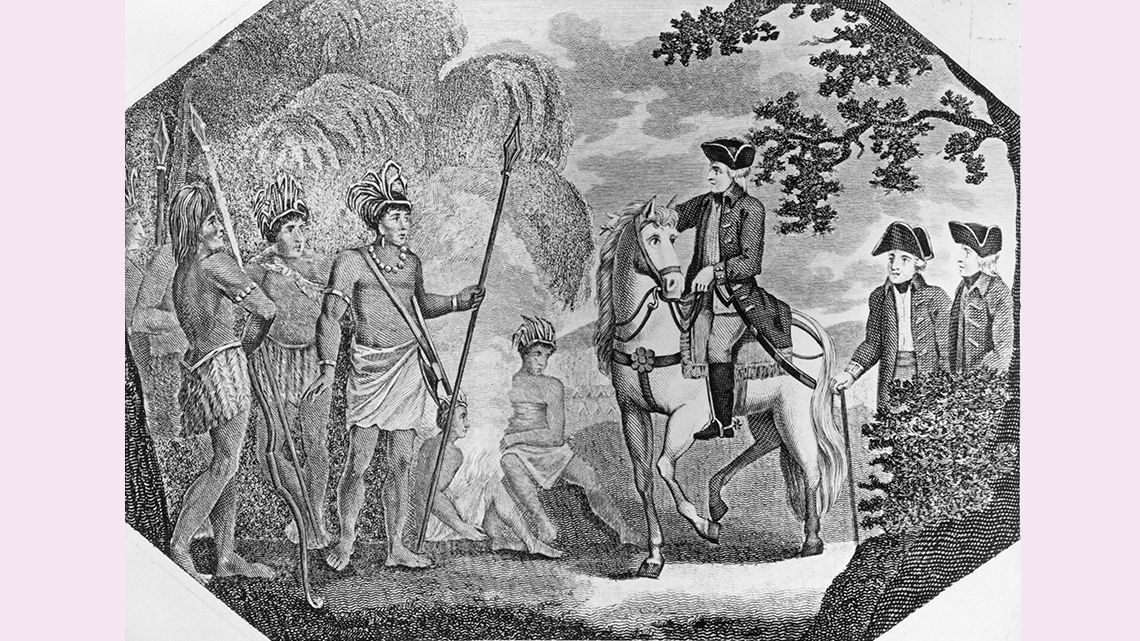Minds On
Destination: Migration station

Migration can be described as the permanent shift of people from one country, region, or place to another for various reasons. It can also include the movement of animals from one area to another. Sometimes, people move to find better land for farming or a safer place to live. Other times, people might be looking for a new job or a new way of living. There are many different reasons that people may choose, or be forced, to move.
Consider some reasons why a person, group, or community may want to move from one place to another. Record your ideas in the Migration Mind Map or in a method of your choice and answer the questions that follow. If you can think of specific historical examples, be sure to add those to your ideas.
- Can you identify any of your ideas as a reason that someone may be forced to leave, versus a reason that someone may choose to leave their home?
- How have changes in technology affected how quickly people can move from one place to another? Consider the methods of travel and how they change over time.
Record your answers using a method of your choice.
Action
The age of exploration
Beginning in the 1500s, Europeans set out on ships to explore the world and discover new lands and resources. When they arrived in what is now called Canada, they encountered Indigenous Peoples who had lived on this land for generations. In this section of the learning activity, you will be exploring both the Indigenous and European perspectives of this first contact.
Indigenous perspectives on European contact
When Europeans arrived in what we now called Canada, they encountered Indigenous Peoples and began to establish a relationship with them. At first, the Europeans needed help from the Indigenous Peoples to understand the land and ways to travel, survive the cold winters, and find resources they needed. For example, the Europeans wanted furs and meats that were hunted and prepared by the Indigenous Peoples.
Additionally, the Indigenous Peoples showed the Europeans which plants were harmful or poisonous and which ones could be used for food or to make medicines. In return, the Europeans gave the Indigenous Peoples helpful tools, utensils, and weapons that were made out of iron and metal. At first, this relationship was good for both Europeans and Indigenous communities.
Begin by exploring the following pieces of art that represent first contact between Indigenous Peoples and Europeans. As you explore the images, consider the following questions:
- Who do you think is in this image?
- What do you think is happening in each image?
- What do you think might have happened right before or right after this image?
Record your ideas orally, digitally, in print, or in another method of your choice.
As time passed, things changed, and the Europeans began to take over the land and resources. They established settlements that disrupted Indigenous Peoples traditional way of living. They made agreements and laws that affected how Indigenous Peoples lived, including taking away their land and rights. Indigenous Peoples were forced to leave certain areas of their land, stop hunting, and give up their traditional beliefs and ceremonies. This had long-term impacts on Indigenous communities that are still felt today.
Despite these challenges, Indigenous Peoples persevered and fought to protect their lands and identity. They maintained their languages, traditions, and beliefs, and passed down their traditions from generation to generation.
Did You Know?
Oral tradition/storytelling

One of the most valuable sources that continues to provide information about past events is oral tradition or storytelling. Many cultures around the globe preserve and retell their histories through storytelling, including the First Nations and Inuit. The first encounters with Europeans are remembered in storytelling after contact in the 1500s.
European Perspective on First Contact with Indigenous Peoples
From a European perspective, the period between 1400 and 1600 was known as the “Age of Exploration”. Many European explorers set out on ships from their homeland to search for new land and resources. In Europe, they were beginning to face issues such as overcrowding, low-quality housing, disease, and lack of medical knowledge, which led them to plan voyages away from Europe.
Begin by exploring the following video titled “History of Top Hats, Timber, and Dried Fish.” This video shares information about one reason why explorers came to the land and settled in what is now called Canada.
Video questions
Answer the following questions about the video using a method of your choice:
- What were some of the goods that Europeans wanted?
- How did this impact these natural resources?
Press Answer to explore possible ideas.
In this video, the Europeans came to Canada to seek out cod fish and beaver furs to create top hats. This had a negative impact on cod and beaver populations because they were over hunted and overfished, almost leading to their extinction.
The government put a ban on cod fishing to help save their population and eventually silk hats became more fashionable which helped to save the beaver population.
European explorers
When Europeans left Europe, they were on a mission to find new land and access to new resources. Let’s explore a few European explorers that came to what we now call Canada between the 1500s and 1600s.
Press the following tabs to learn about the three explorers.
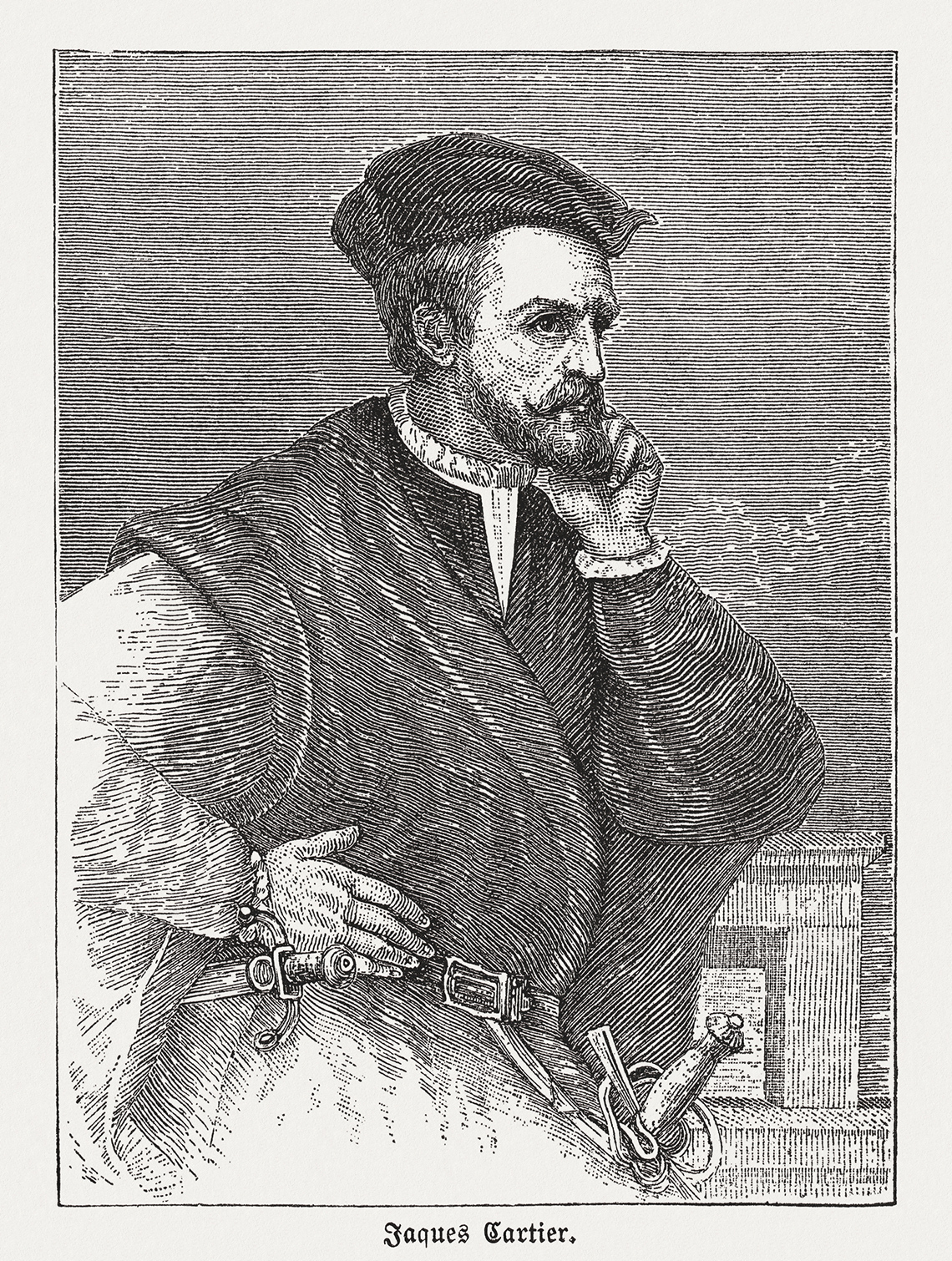
Jacque Cartier (1491-1557) was a French explorer who sailed to Eastern Canada, including Newfoundland, Prince Edward Island, New Brunswick, and Quebec, between the years of 1534-1536. King Francis (the King of France) sent Cartier on a mission to find a new route to Asia to seek out gold, spices, and other resources.
When Cartier arrived in Canada, the Mi’kmaq were the first Indigenous Peoples he met. They traded various items. He continued to sail down the coast of Quebec and placed a cross on the land to claim it. The chief of the Mi’kmaq, Donnacona, was not happy but eventually sent two of his sons to France to establish a relationship.
A few years later, Cartier traveled to Hochlaga (now Montreal, Quebec) and met the Haudenosaunee Indigenous Peoples. His ship was frozen in the ice as winter had hit and he and his crew lived among the Haudenosaunee. The Haundeosaunee provided white cedar tea to the Europeans which saved them from a scurvy outbreak. Once his ships were thawed, he returned to France.

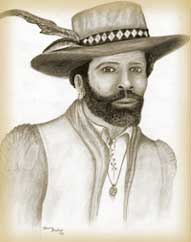
Mathieu Da Costa (1589-1619) was one of the earliest explorers, believed to be the first Black explorer to arrive in what we now called Canada. Da Costa was born in Africa and spoke Portuguese, Dutch, French, and English. He arrived in eastern Canada, near the St. Lawrence region, to work as a translator between the French, Mi’kmaq, Anishinaabe, and others.
Language use during 16th century exploration
Translation between European and Indigenous languages during this early stage of exploration was possible because of Atlantic Creoles. Creole languages are made when different languages influence and change each other, resulting in a new language. These creoles featured a mixture of European and Indigenous languages that developed as a result of earlier trade on the Atlantic coast of Turtle Island.
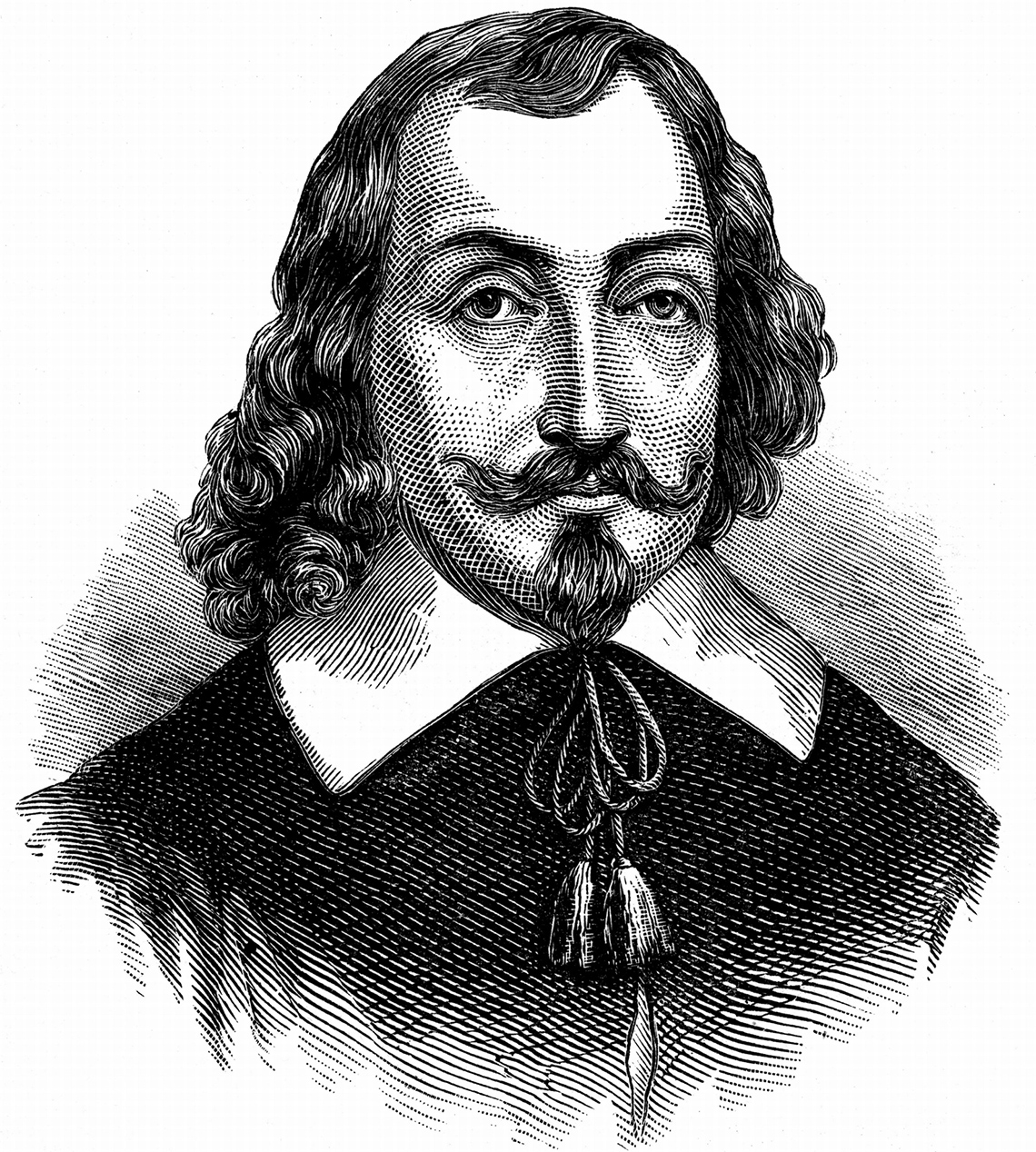
Samuel de Champlain (1567-1635) began to explore Eastern Canada in 1603 by sailing down the St. Lawrence River with a motive to increase France’s role in the fur trade. During his travels he helped create a colony in Acadia (that covered parts of New Brunswick, Nova Scotia, and PEI) before establishing himself in Quebec City in 1608.
De Champlain established trade relationships with Indigenous Peoples, such as the Montagnais, Algonquin, Maliseet, and Mi’kmaq, and eventually a military alliance with the Anishinaabe, Huron-Wendat, and Innu. In 1609 he accompanied these Indigenous groups in a battle against the Haudenosaunee.
He later became the governor of New France (now Canada) and continued to establish more settlements and increased the size and scale of the fur trade.

Learning check!
Now that we have considered the role of some of the European explorers who first made contact with Indigenous Peoples in Canada, let’s complete a true or false activity.
Select the correct answer.
Review questions
Answer the following questions in a method of your choice to review what you have just learned:
- Why do you think the First Nations were willing to trade with Europeans and help them survive during the winter conditions?
- What was the impact of the explorers on Indigenous Peoples at the beginning of contact?
Push and pull factors
There are many different reasons that people and animals leave their home to find somewhere new to live. Sometimes, they feel like they are being pushed out of their home and other times they feel pulled into something somewhere else. These are called push and pull factors.
Let’s explore this further by pressing the following tabs to access information about push and pull factors.
Sometimes people, and animals, are pushed away from their previous location to find a new one. These are called push factors. Push factors include, but are not limited to:
- lack of jobs or opportunities
- war or conflict
- poor medical care or disease
- lack of food or water
- unfair treatment based on political or religious beliefs
- natural disasters
Sometimes people, and animals, are pulled or drawn into new locations. These are called pull factors. Pull factors include, but are not limited to:
- better working conditions, job opportunities, and income
- educational opportunities
- higher living standards - including access to medical care, food, and water
- freedom of expression, religion, and political beliefs
- safety from war, conflict, or natural disasters
- being with family
Return to your ideas in the Minds On section. Did you record any of these factors? If so, which ones? Record your answer using a method of your choice. Additionally, add any new ideas to your list.
Reflection
Now that you have learned about push and pull factors, consider what you have learned about European exploration. Create a list of push and pull factors that led the Europeans to Canada in a method of your choice.
Press Answer to compare your list.
| Push Factors (reasons Europeans left Europe) |
Pull Factors (reasons Europeans searched these lands) |
|---|---|
|
|
Did You Know?
Expand your learning
As Europeans continued to make regular voyages to Canada and other parts of the world, they began to take control over other nations' traditional lands in order to control the people and the resources already present there. On Turtle Island, this resulted in a settler colony that we now call Canada. The goal of European powers was to take the natural resources on the land (timber, fish, animals, water, etc.) and force Indigenous communities to move or relocate.
Throughout this process, Europeans also attempted to convert Indigenous Peoples to their religion and take away their right to their languages, spiritual beliefs, governance systems, and ceremonies. This is defined as colonialism, which is the practice of one nation taking control of another nation’s traditional lands in order to control the resources and people already present there.
Consolidation
Explorer review
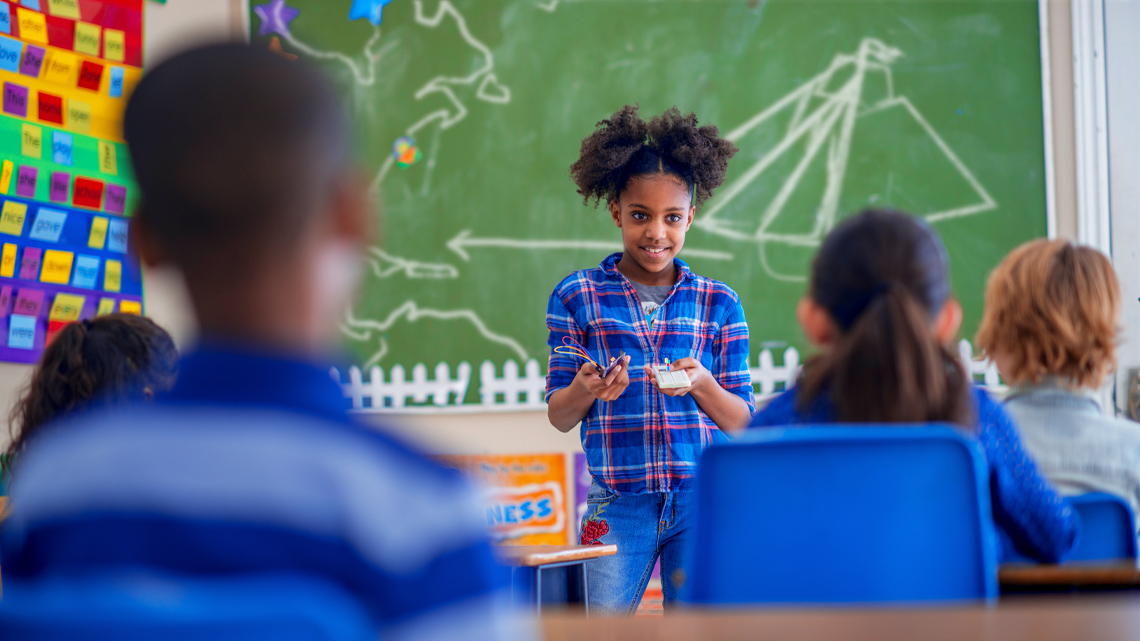
Choose one of the explorers that were discussed in the Action section (or even choose another explorer who colonized an area of North America that was not mentioned).
Learn more about your chosen explorers by conducting research. You could begin by exploring government websites and encyclopedias. Record your ideas using the following chart provided, in a journal, using an audio recording, or another method of your choice. If possible, share your findings with someone.
| Explorer #1 name: ____________ | |
| Where were they from? Where did they travel from? |
|
| What were they looking for/ Why were they exploring? |
|
| Explorer #2 name: ____________ | |
| Where were they from? Where did they travel from? |
|
| What were they looking for/ Why were they exploring? |
|
| What were their interactions with Indigenous Peoples? | |
Press the ‘Activity’ button to access the Explorer Organizer.
What is an effective and interesting way you can share this explorer’s information while being sure to share the whole story of their exploration? This includes the impact that their arrival would have had on those who already inhabited that land. Consider how could you share this information.
- in a poster
- in a digital presentation
- in an oral story
- in an audio or video format
- as a song, a painting, or a dance
- in another method not mentioned
Record your answers and the reasons for them using a method of your choice. As you consider which explorer to discuss, use the interactive checklist to guide you in your sharing.
Interactive checklist
Reflection
As you read through these descriptions, which sentence best describes how you are feeling about your understanding of this learning activity? Press the button that is beside this sentence.
I feel...
Now, record your ideas using a voice recorder, speech-to-text, or writing tool.
Press ‘Discover More’ to extend your skills.
Discover MoreChoose one or two more of the following European or African explorers who traveled to what is now Canada and investigate their reason(s) for exploration and the impact they had on Indigenous Peoples who already inhabited the land. Learn more about your chosen explorer by conducting research on government websites or encyclopedias.
You can choose an explorer from the following list, or another explorer of your choice:
- Leif Eriksson
- Mathieu Da Costa
- Etienne Brule
- Henry Hudson
- Martin Frobisher
- John Cabot
Record your ideas using a method of your choice. If possible, share your findings with someone.
